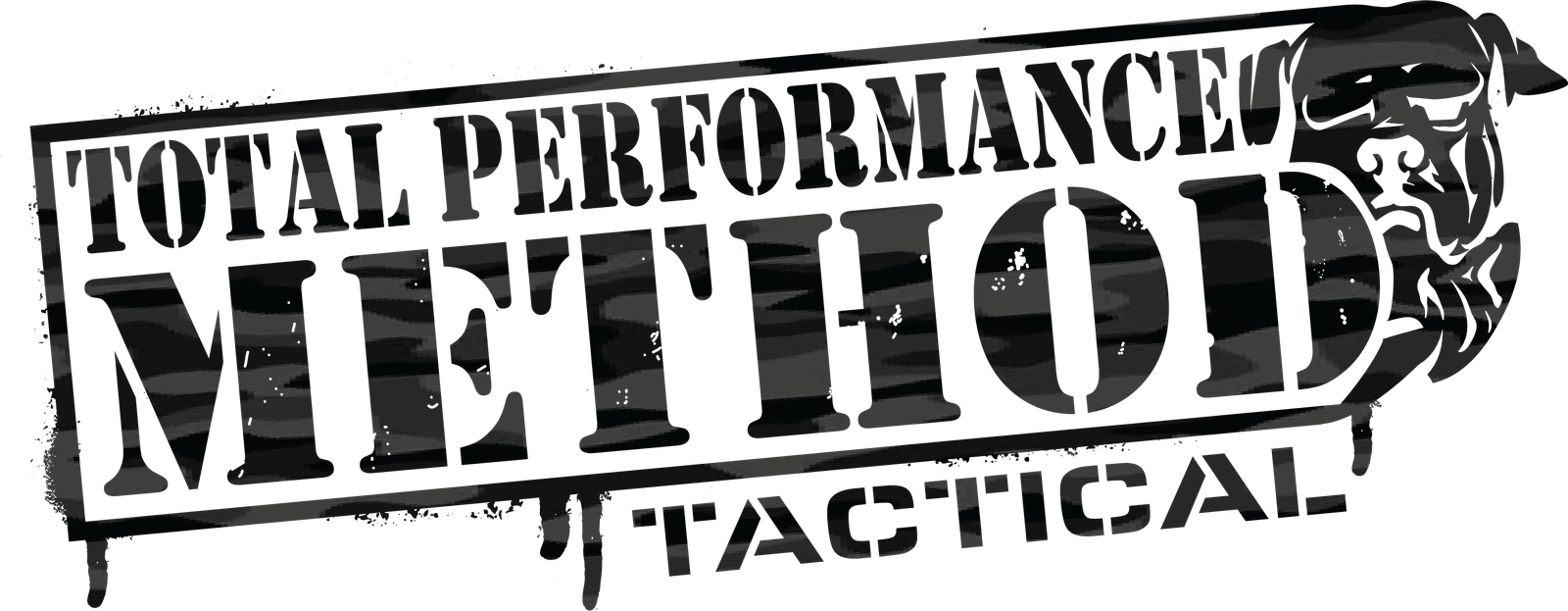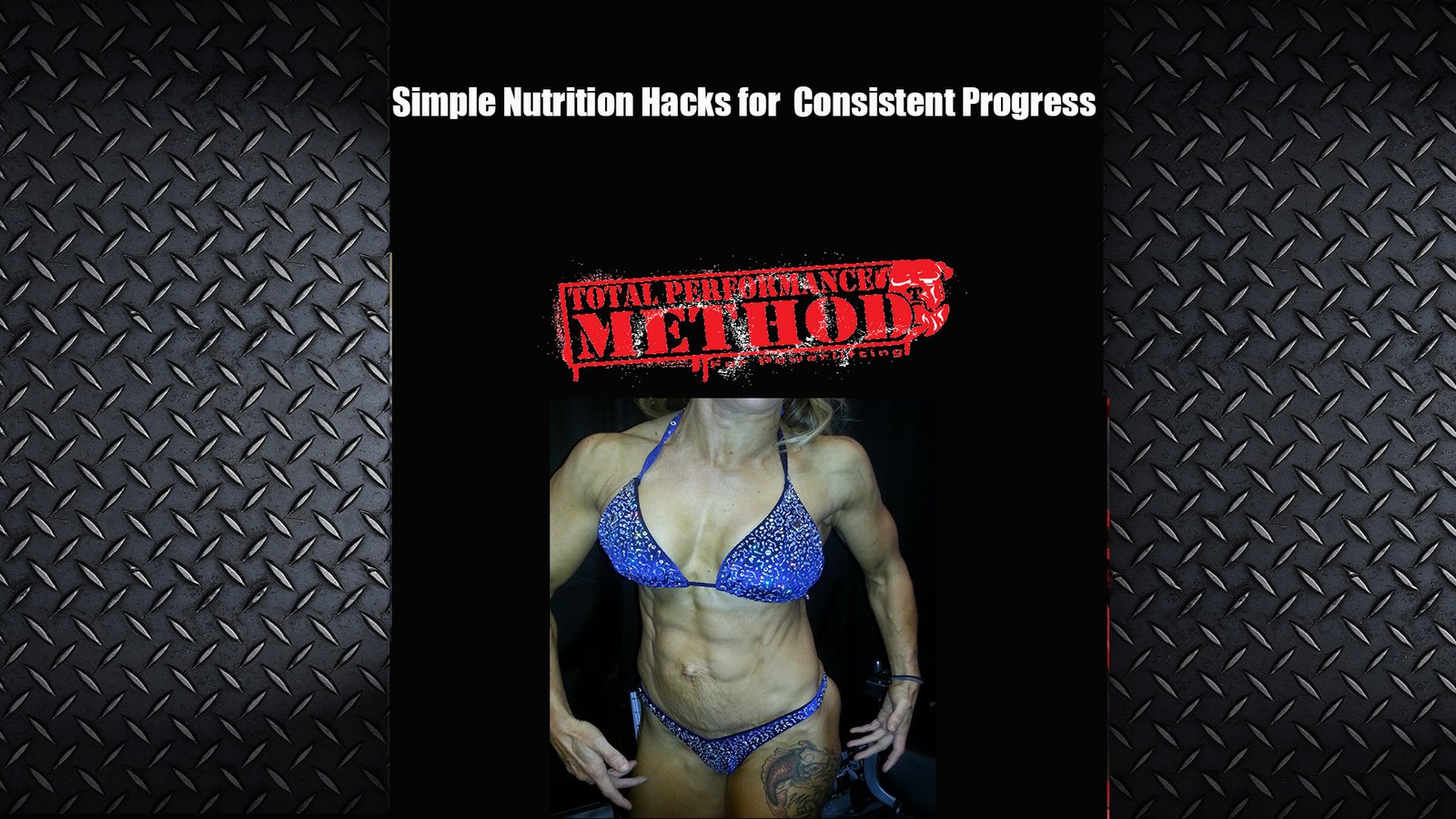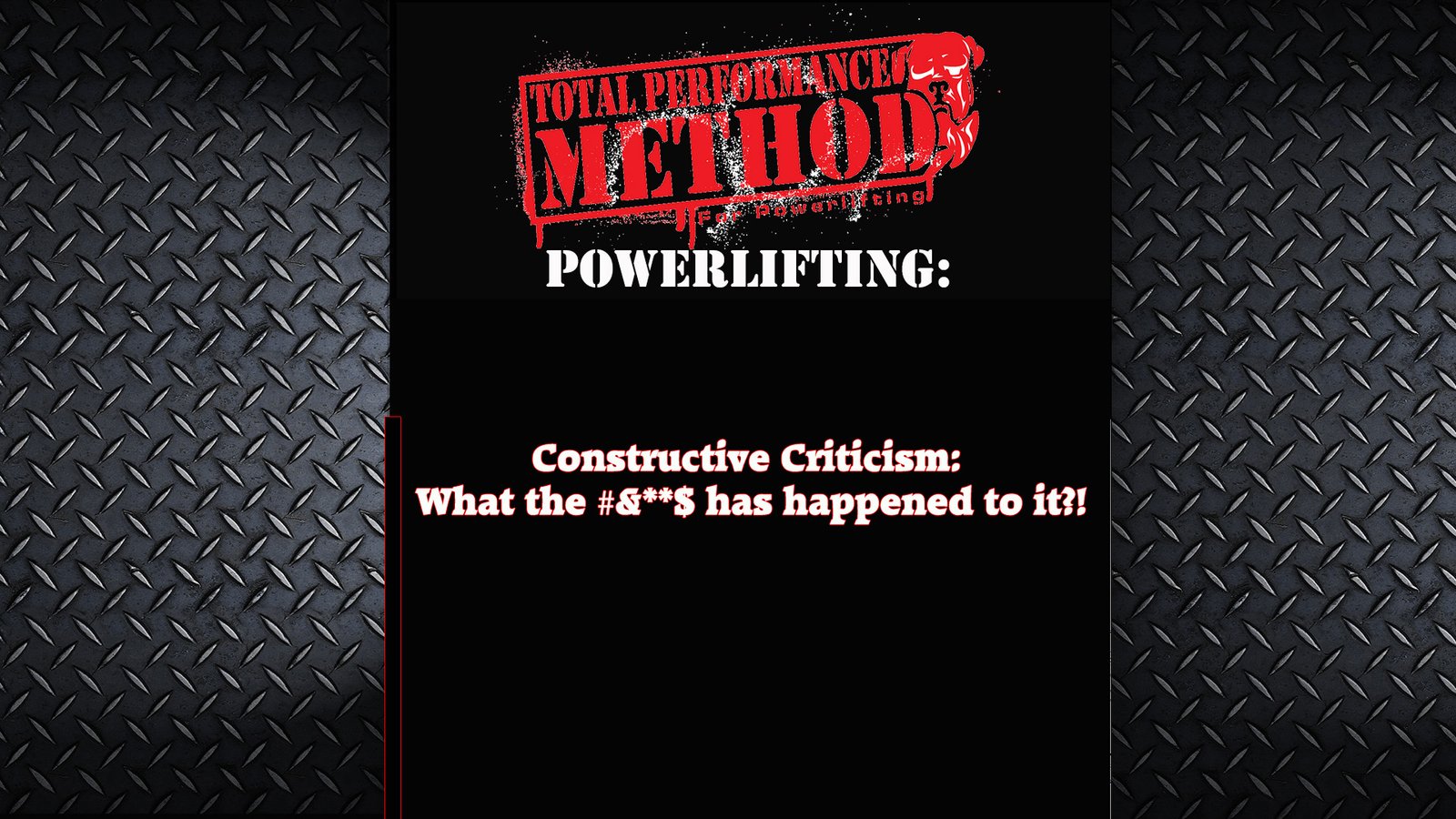By Bob Jodoin –for Total Performance Sports
The Log Press, overhead for a max single, is a very common strongman event. It is also instrumental in building great torso stability, as it requires the support of large loads overhead while standing. The benefit for the shoulders is great as the hand position emphasizes the same shoulder muscles needed in bench pressing and also emulates the hand position coming off of the line and driving into an opponents shoulder pads. Overhead pressing is also a great addition to your repertoire because it gives your body a break from the bench press and it gives you a brutal pressing workout. The shoulders, torso, hips, triceps, biceps and traps all receive attention.
To build a great log max one need not look any further than Westside Barbell. Their techniques for adding monster pressing power are unparalleled. You simply use the dynamic day and the max effort day. We’ll outline that more in a minute.
Just briefly we are going to talk about how strongman events add tremendous full body power and stability, torso strength, gripping power and endurance, GPP and tendon/ligament strength. It also helps to build thickness in the upper back and adds explosiveness to the posterior chain like nothing else. As an example, Me, our Director of Strength and Conditioning here at Total Performance Sports competed in the sport of powerlifting. At the time I was training full Westside out of Downtown Barbell Club in Lowell , MA . I was not a prolific bencher topping out at 352, in contest, with a single ply denim shirt at 220. For two years now I have practiced strongman events and have registered a 300 standing overhead log with a 10” aluminum log. My best contest deadlift was an Okie bar, deadlift suit 519. On our platform, this year, I pulled a 620 in cotton shorts with hiking boots and a nasty old bar. The only powerlifting training that I have done in two years was some rack pulls with bands and box squats with bands, chains and sometimes both. Those were not performed constantly but rather as a supplement to strongman training. I attribute much of this poundage increase to the torso strength built up from overhead lifts, 1-armed farmers walks, super yoke walking, tire flipping and heavy stone lifting. There will be articles on each of these in the future but for now we are going to concentrate on the log press.
Below is a sample log max system that mirrors the bench press protocols of Westside Barbell:
Log Max Training Schedule
Workout 1 (Speed Day)
- Warm-up all related muscle groups
- Band Presses: 10 Triples. Log weight = 50% of 1-Rep Contest Style MAX. Band Tension: If max is over 300 then Blue Band in a choker/Green in a basket. If Max is 250-300 then GREEN in a choker/Purple Basket. If max is under 250 then Purple in a choker/Black Mini or mini in a basket
- Assistance lifts to be scheduled based on weaknesses.
Example:
- Standing DB Presses 3×12
- Plate or Keg raises 3×10
- Face Pulls or Sled Pulls with long Strap
- Heavy triceps Work (8×8 DB Skulls or something similar)
Workout 2 72 Hours Later (Max effort day)
- Warm-up all related muscle groups
- Max Effort Log Type Lift Up to a max Single or Triple (see max effort list below)
- Assistance lifts to be scheduled based on weaknesses
Example:
- Standing DB Presses 3×12
- Plate or Keg raises 3×10
- Face Pulls or Sled Pulls with long Strap
- Heavy triceps Work (your Choice)
MAX EFFORT LIFTS (some can be assistance lifts as well)
- Log Max From Floor
- Reverse Band Presses
- Rack Lockouts
- Heavy rack Bungee Cord Presses (overweight push-press to goal, i.e. the bungee, height. Log, standard or thick bar. Alternate weight and bungee height goals)
- Max Band Presses
- Incline Log Presses
- Heavy Dumbbell Presses
- 3” Barbell Presses
- 2” Barbell Presses
- Push Press…variety of bars
- Military Presses…Variety of Bars
- Keg Presses
- Seated presses of any variety
- Dumbell Clean and Push Press
- Dumbell or Kettlebell Snatch/Swing or Clean and Press
Go back to Workout 1 72 Hours after Workout 2 and go to 55% with log weight. Keep band tension the same. Wave up to 60% and then cycle back to 50% and wave back up for 6 weeks. Re-test contest max for next cycle starting at 50%. You can continue cycling, go to circa-maximal, or go on to train a different aspect of log pressing like rep endurance. It all depends on your needs and where you are in your training cycle.
Torso work is accomplished with other events on different days but some work for the rectus can be included on log training day. A good example would be to lie flat on the floor as in floor presses and have two training partners hand you a log or a keg at lockout for floor crunches. This will be heavy and it also increases your adaptation to handling and balancing the log.
In review we will cover the basic log lifting technique. For the safety of your feet, your floor and your log we use a double stack of car tires underneath the plates. If a log press begins to go behind you, let it go and run forward. Attempting to save a log press gone awry has claimed some shoulders with nasty injuries. The log press is started out in a position similar to a clean pull. There is typically no rush with the log so it is best to get into position, lock in your posture and deadlift the log up into your thighs. If it is light enough to power clean then you can do so at this time. If not, there is a hitching movement called a continental. You high-pull the log up onto your belt, then to the top of your abs, (unless you come from bodybuilding and you have no shelf) and then you dip down and roll the log up to the rack position. From here you can strict press it or push press it depending on what you are doing with your training. We have found that it is a good idea to work the log strict on occasion as well as push pressing.
If building a huge log press is not on your list of priorities then it is certainly useful as a weapon to achieve greater GPP. The log press is good for the whole body as we discussed earlier. One technique that will help to build GPP is to take a log (at a weight that you could perform 12-15 push presses) from the tires, power clean it and then snap it directly into a full press and then lower it down to the floor under control and quickly repeat the rep. Strive for ten reps on this and your whole body will be spent at the end of this drill and your heart and lungs will be screaming. You can spice up your training and include some log work into the mix as a max effort for benching either overhead, flat or on the incline/decline. The hand position is a bit different and the stroke is shorter as in a board press but the instability of an odd load will help your benching stabilizers. The grip spacing and palms-facing grip allow you to keep your elbows in tight. You can include the log in floor pressing, hammer curls, skull crushers and just about any benching type movement.
For speed work you put the log in the rack and eliminate the clean. You simply drop under it and roll it into the rack position. You can do your speed presses with or without bands. Just as in speed benching, as taught by Louie Simmons and Dave Tate, you need to move the load extremely fast. Many have gotten into the rack here and tried to muscle the log up against the bands. The risk of kissing the log in a non-affectionate way is high doing this. The three presses need to be accomplished in a time not to exceed that with which you press up one max effort single. The head must be snapped through so that the ears are between the elbows so that you do not develop any bad habits. The band assists the negative portion of the lifts and, although difficult, the log should be caught in the rack position, dipped and then immediately driven back up. This uses the stretch reflex and helps to build feel and stability. You can use chains but you will need a very long leader chain to get the proper chain travel. The terminology we use with the bands is taken from the rigging and hoisting industry as it pertains to lifting straps. The bottom band is set in a “choker” to the handle of a single dumbbell or to your custom rack attachment. You loop it through itself and slide the loop down until you choke the dumbbell handle. This is a long attachment. The second band is applied in a “basket”, which basically means that you take the band long ways fully through the bottom band. Holding an end in each hand you just bring them together and loop both ends around the end of the log, outside of the rack. You will want to be careful not to crush the band. This band rig should give most people perfect tension from just above the head to lockout. You will have to adjust this if you height is extreme in either direction. You can use other band configurations at different times in your training as well. This falls under the speed-strength/strength speed concept.
The log press also applies to sports in several ways. First, the posterior chain receives plenty of work trying to get the log into the rack position. It is an explosive short range hip-drive lift where the force is translated to a load starting at the ground and finishing at arm’s length. This kind of strength is useful for many athletes like football, hockey players and combat athletes. Also good for these types of athletes is the fact that, like Olympic lifting, the log gives you plenty of practice giving and receiving force, especially in speed or rep work if you are rebounding with the stretch reflex and pressing in a rhythmic fashion. Balancing a heavy awkward load overhead builds tremendous torso stability, which is high on the athletes want list. The log press is definitely a good addition to the combat athletes arsenal.
This system is configured you to help increase your log max. You should always strive to increase your max but you should do so in combination with working on increasing you repping ability if you are a strongman competitor. There are many techniques used to acquire heavy rep ability that are beyond the scope of this article. Raising you strength level is a good place to start though. Time the system around your next contest, depending on the events at that contest. There is a time and place for all types of training for the athlete and you would not be remiss to include some Olympic type assistance lifts into the mix to help with the elements of a big log press. As in all training you must, first and foremost, address your weaknesses. You just have to use your head. The above is simply a model. The log press is a very explosive movement and those experienced in the Olympic lifts do very well as they are accustomed to driving large weights overhead with great speed. Speed, above all else, is king. Find your weaknesses and work on them. Get fast and slam a big log up overhead. As an added bonus your bench will go up too.







Leave A Comment